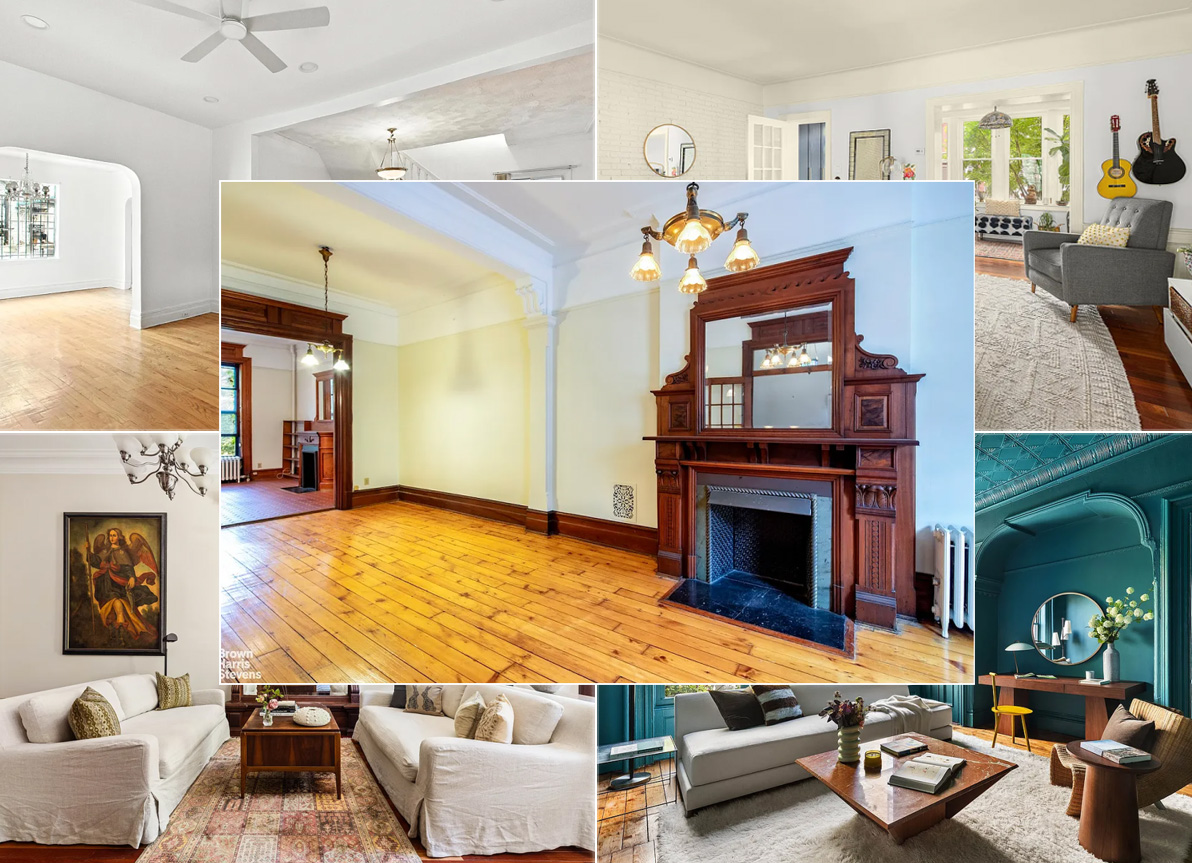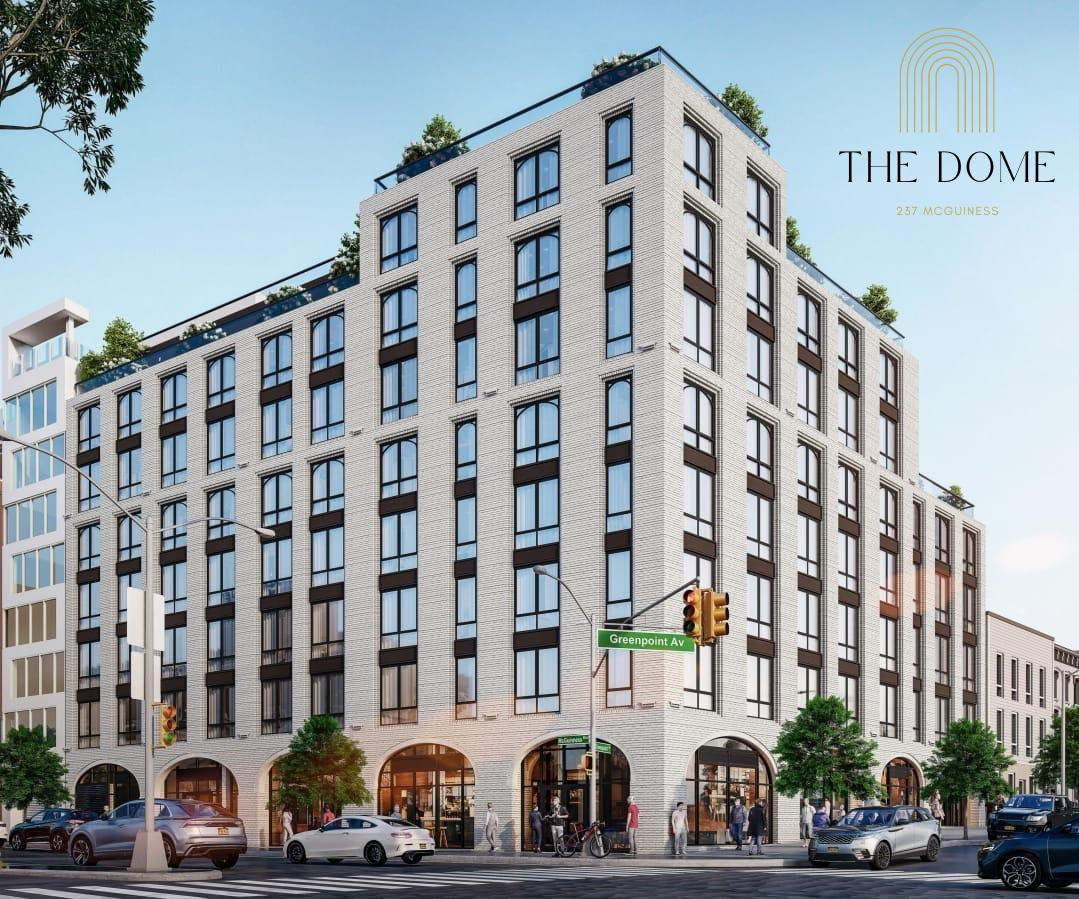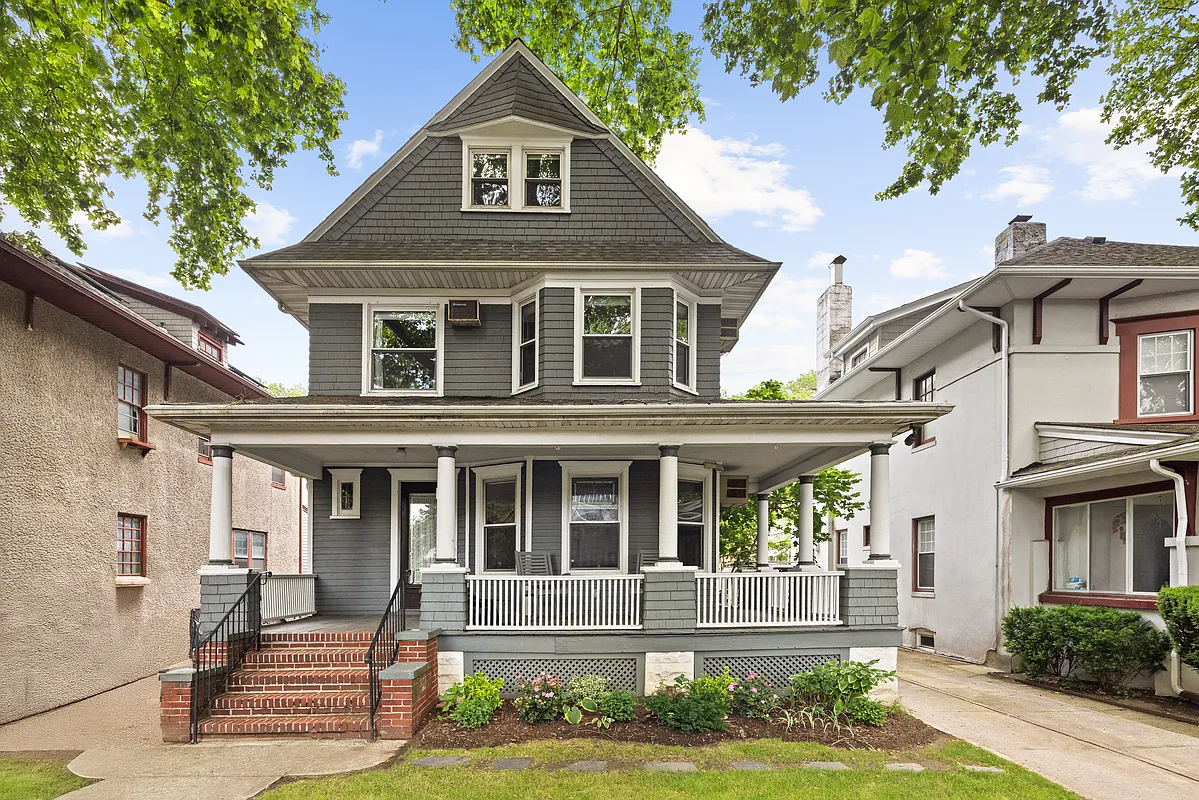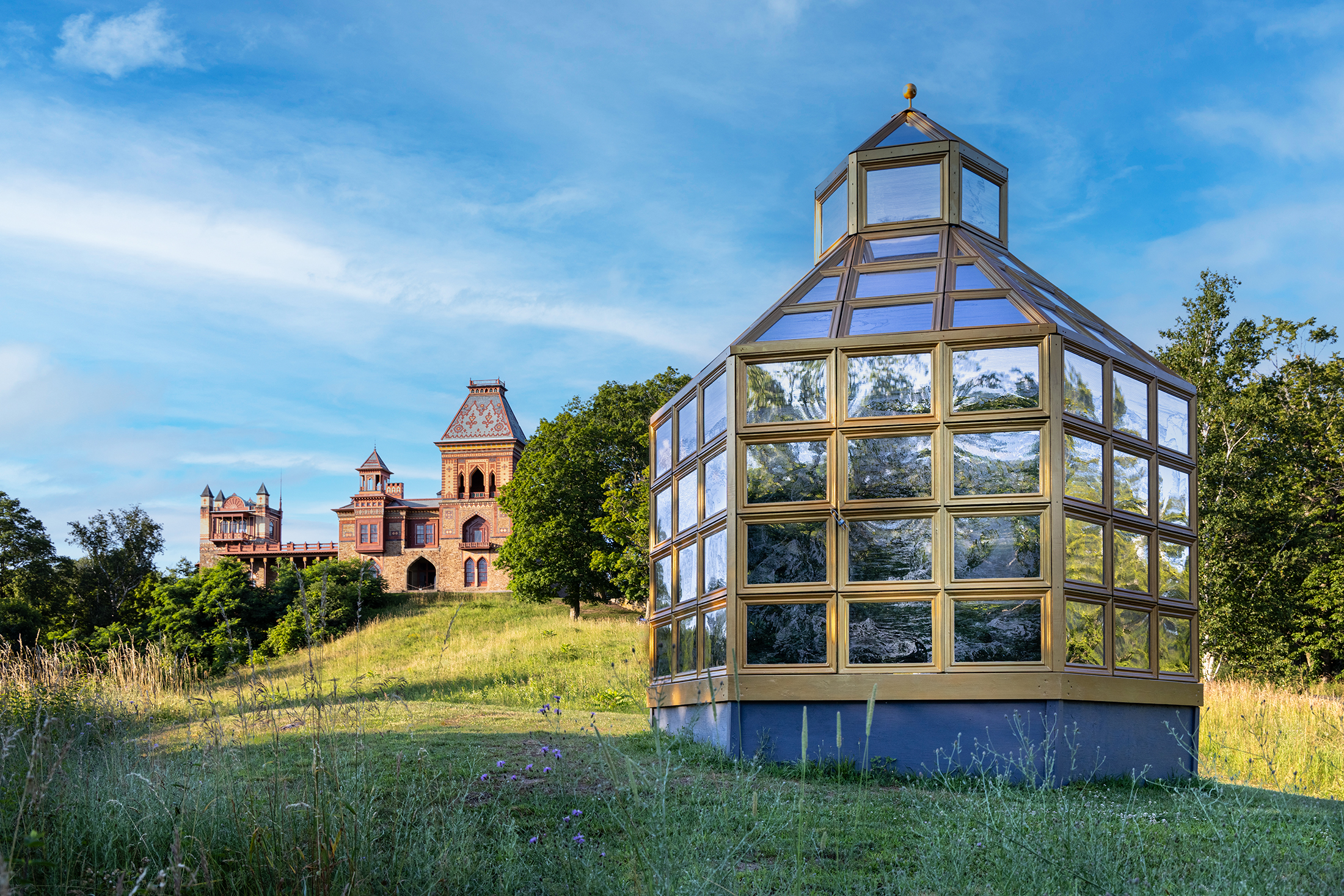Friday Links
Brooklyn Bridge. Photo by evagram. Symbolic Cobble Hill Tree Avoids Execution [NY Times] Bed-Stuy Library Reopens After $2M Rehab [NY Times] Proposal From Albany to Stem Foreclosures [NY Times] Slope Bank Robbery and School Lockdown [GL] Rare Dutch Farmhouse to Come Before LPC [Eagle] 2nd Arrest Made for Bklyn Wall Collapse [NY Sun] Mermaid Parade…


Brooklyn Bridge. Photo by evagram.
Symbolic Cobble Hill Tree Avoids Execution [NY Times]
Bed-Stuy Library Reopens After $2M Rehab [NY Times]
Proposal From Albany to Stem Foreclosures [NY Times]
Slope Bank Robbery and School Lockdown [GL]
Rare Dutch Farmhouse to Come Before LPC [Eagle]
2nd Arrest Made for Bklyn Wall Collapse [NY Sun]
Mermaid Parade Descending on Coney [AMNY]
Kids Protest School Cuts [NY Daily News]
Weekend Subway Guide [NY Post]





http://www.cafepress.com/FireMTANow
Nobody’s being hard on her. People should be called out for stuff like this. It has nothing to do with history or Brooklyn or neighborhoods or only this blog. It’s merely about polite respectful behavior. And it’s lame.
Don’t be TOO hard on BxGirl. It’s really hard to imagine how much our brownstone neighborhoods deteriorated following WW II. To give a non-Brooklyn example, when I was a kid in the late ’50s, I was allowed to take the subway from Queens to visit the Museum of Natural History on the condition that I NEVER go off of Central Park West onto the dangerous side streets in the upper 70s–lower 80s. Granted, my mother had the usual Jewish mother over protectiveness, but in this case her judgment was spot on.
Bxgrl, if you weren’t there in 1966, and you haven’t done the research, and you didn’t bother to read the article before responding, where do you get off questioning people’s statements? Especially someone well known here as a Brooklyn historian. That was rude.
We always see these knee-jerk defensive reactions from uninformed Brownstoner readers whenever somebody talks about recent Brooklyn history and the ups and downs. Some of us are intellectually curious and enjoy hearing the real history, not the neighborhood boosters’ version of Brooklyn history. Keep the true stories coming. We do want to hear them.
By the time I moved to Brooklyn, it was a very pretty neighborhood. What a difference from 1966!
BTW, I meant no offense towards Cobble Hill which has been a wonderful neighborhood for many years.
bxgirl,
The article was referring to Cobble Hill in 1966:
“In 1966, when Ms. Dillon moved to the neighborhood, there were few street trees in Cobble Hill. The brownstones sold for $10,000, and many had been cut up into rooming houses, where Irish, Italian and Syrian immigrants rented space for about $100 a month. Feuding gangs, the Playboys and the Black Diamonds, shared the streets with the knife sharpeners and the horse-drawn fruit carts. Parents in Brooklyn Heights told their children not to wander south of Atlantic Avenue. Banks called it a “transitional neighborhood,†Ms. Dillon said, and it was hard to get a mortgage.”
By 1970, when I moved to Brooklyn, Cobble Hill was already greatly improved.
top link (cobble hill tree) is broken – has an extra ‘l’ on the end of the URL.
It’s nice to see children engaging in activism. That way, they’ll learn at a young age that marches and rallies accomplish very little in life, despite how good they may make a person feel.